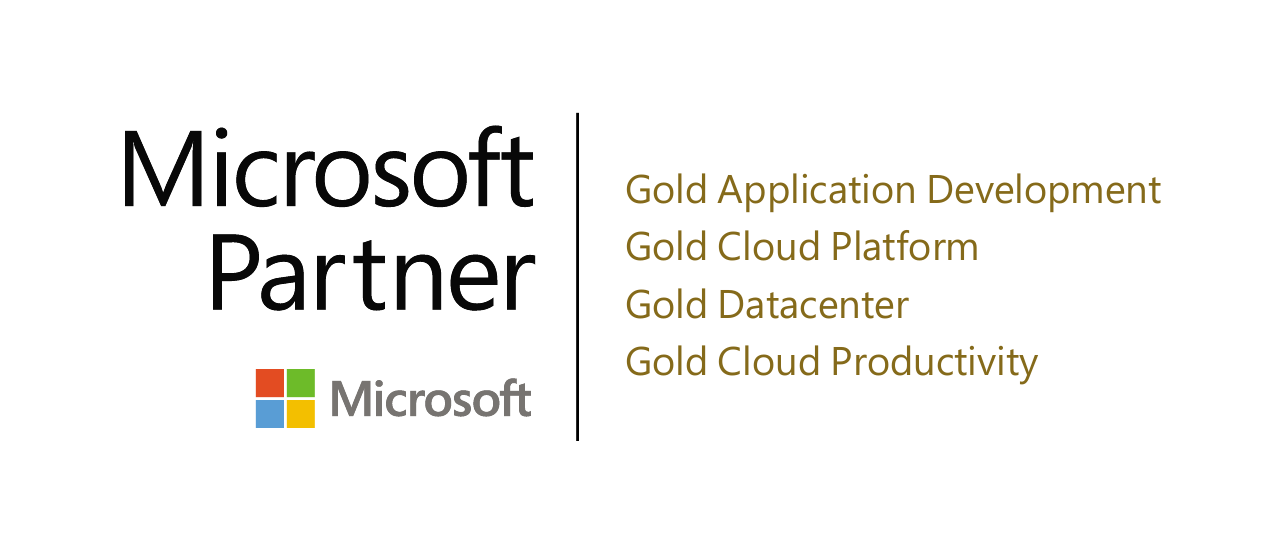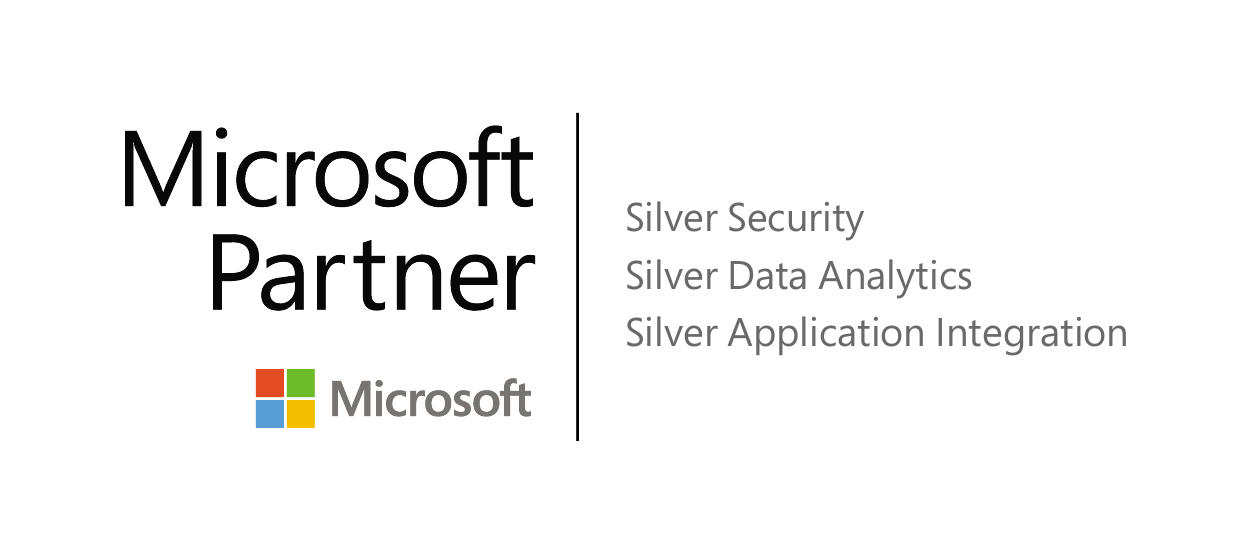Advanced Specialization in
Windows Server & SQL Server Migration to Azure
Moving Windows Server and/or SQL Server to Azure brings lots of business benefits: it reduces your costs, increases security, improves performance and scalability, and provides a robust disaster recovery strategy.

A comprehensive process to
migrate Windows Server and SQL Server to Azure
Migration Assessment Workshop
Phase 1 includes
- Discovery sessions with client business and IT stakeholders
- Confirm migration goals/business problems and set migration priorities
- Create migration inventory
- Assess migration risks and establish risk tolerance
- Identify security risks and mitigations
Planning and Preparation
Phase 2 includes
- Map servers into logical groupings and identify dependencies
- Complete data classification and encryption
- Create recovery and resiliency plans to align with risk assessments
- Estimate migration costs and ongoing Azure consumption following migration
- Establish migration strategy: Lift and shift, refactor, rearchitect or/and rebuild or a combination
- Build migration plan
- Client reviews and approvals
Migration and Optimization
Phase 3 includes
- Implement the migration plan
- Make use of Microsoft migration tools and automation scripts
- In case of SQL server migration, sync data and perform cutover
- Perform tests and remediations as needed
- Analyze costs and optimize
Secure, Train and Manage
Phase 4 includes
- Ensure Azure security and Azure Policy are in place to manage security going forward
- Validate data encryption strategy adherence
- Monitor usage and costs through Azure application insights for continuous optimization
- Training sessions with client to transition cloud management to IT
- Client training materials for ongoing management of cloud infrastructure
Deep Expertise in Microsoft Cloud Technology






